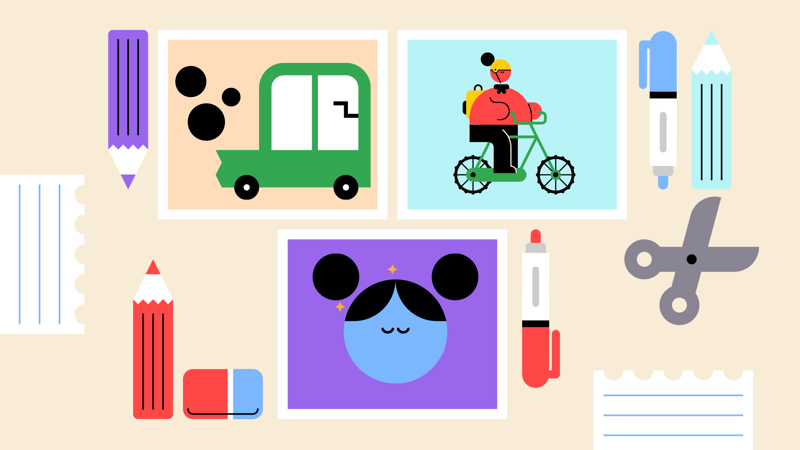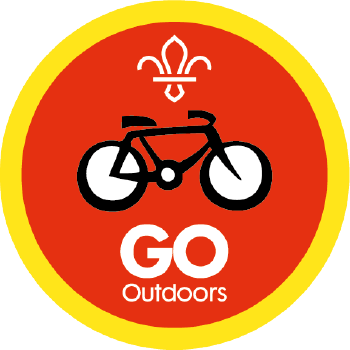
Cycle safety
You’ll need
- Big pieces of paper
- Coloured pens or pencils
- Scissors
- Glue sticks
- Craft materials (for example, tissue paper, pipe cleaners, stickers)
- Explain to the group that you’re going to explore cycle safety and then create posters to share with local businesses, schools and libraries, to raise awareness about cycling safely.
- Discuss the ‘Cycle safety tips’ below with the group and hand them out.
- Think of two things you want the audience to know, and why they should be interested in those tips.
- Design your poster, thinking about who you want to aim it at and where you want to display it – at your school, at a library, or in a local bike shop?
- The most important picture or words should be at the top centre.
- Make the message short and sharp.
- Draw a picture that makes your point clear and speaks to the audience.
- Once you’ve created your first draft, take a few minutes to check:
-
- Are the words too long?
- Is there too much information cluttering the page?
- Share your poster with someone else in your section and see if they think it will grab people’s attention and get the message across.
How to cycle safely
- Follow the Highway Code - stop at red lights and don’t cycle on the pavement unless it’s a designated cycle path.
- In wet weather don’t go too fast, as surfaces may be slippery and it will take you longer to stop.
- Be confident and stay clear of the kerb.
- Wear a helmet.
- Keep your bike in good condition.
How to make sure motorists can see you
- Ride in a position where you can see and be seen.
- Use lights on your bike.
- Wear bright or reflective clothing, especially in towns, at night and in bad weather.
- Make eye contact with other road users, especially at junctions, then you know they’ve seen you.
- Signal clearly when making turns.
- Use your bell - not all pedestrians can see you.
Reflection
This activity needed everyone to share what they know about cycling safety with others. Posters are a great way to share a message. Why does everything think posters are popular for communicating ideas and information? People might suggest that they are simple, striking and easy to make.
Safety
All activities must be safely managed. You must complete a thorough risk assessment and take appropriate steps to reduce risk. Use the safety checklist to help you plan and risk assess your activity. Always get approval for the activity, and have suitable supervision and an InTouch process.
- Scissors
Supervise young people appropriately when they’re using scissors. Store all sharp objects securely, out of the reach of young people.
- Glue and solvents
Always supervise young people appropriately when they’re using glue and solvent products. Make sure there’s plenty of ventilation. Be aware of any medical conditions that could be affected by glue or solvent use and make adjustments as needed.
This activity can be made harder by giving participants specific things to improve between drafts. There are lots of ways they could complete this poster. They can draw or use photos or a computer.
Young people often work better in pairs. They can learn from each other and together create something better than when working alone.
All Scout activities should be inclusive and accessible.
This badge can be used to introduce some of the activities in the Cubs Artist Activity Badge.
Creating this poster and considering these questions together is a great opportunity to get the opinions of your group.
